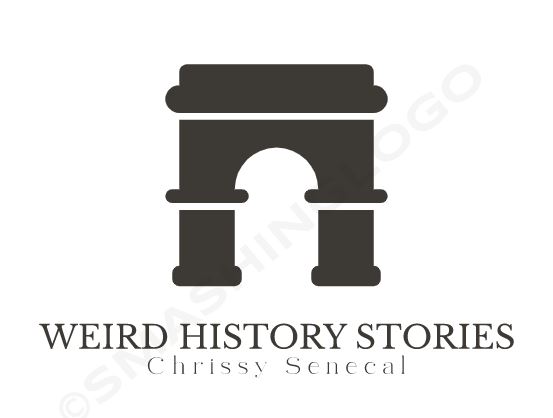“Letters of a Peruvian Woman”
Here you see an illustration showing the happy and regal-looking figure of an Inca princess named Zilia. Captured from her homeland and torn from her fiancé, Zilia was rescued by a French captain and taken to Europe, where she was exposed to a culture that imagined itself enlightened, but which Zilia found repressive. Zilia […]
“Letters of a Peruvian Woman” Read More »




















